35 years since Op. Mersad, when Iranian army decimated MKO terror cult
By Sajjad Moradian
On July 26, 1988, the MKO terror cult, a key ally of Iraqi dictator Saddam Hussein's Baathist regime at the time, launched a ferocious attack to overthrow the Islamic Republic of Iran.
The terror cult, now based in Albania, had joined forces with Saddam’s West-backed regime in its war against Iran in the early 1980s. In the waning days of the 8-year war, MKO carried out the offensive.
In response, Iran's military launched a counterattack codenamed Operation Mersad (lit: Ambush), and within three days it crippled the enemy forces that suffered over 4,800 casualties.
What was the enemy's plan?
After eight years of the devastating war on Iran and five years of overt and covert military cooperation between the MKO and Saddam, during which they failed to capture even an inch of the Iranian territory, the Iraqi dictator and the allied terror cult decided to change their strategy.
In mid-July 1988, Tehran and Baghdad accepted a UN resolution that ended the war and the frontline was relatively calm, with the vast majority of forces deployed along the border of southwestern Khuzestan province, where battles had been fought for the past several months.
The Iraqi dictator, however, had other plans. He continued to fantasize about the elusive victory, the overthrow of the Islamic Republic and the establishment of the MKO puppet regime in Tehran.
The Baathist regime-MKO duo came up with a ferocious plan of surprising and lightning penetration on the central-western border of Iran, 500 km to the north, in Kermanshah province.
The goal was to capture Tehran, execute the Iranian political leadership and announce the power grab before the Iranian forces could bring reinforcements from the southwest of the country.
Unlike the previous operations when the MKO and Baathists acted together against the Islamic Republic of Iran, this time it was decided that the MKO personnel would act on their own, assuming that this way they would get the support of the Iranian people.
To implement this ambitious plan, the Iraqi regime gave its most modern weapons to 7,500 members of the terror cult, as well as 1,300 tanks and military vehicles, anti-aircraft systems, and promised air support and frequent bombing of western Iranian airbases.
How did the enemy campaign begin?
On July 22, Baathist Iraq attacked several Iranian border villages in the planned penetration zone with chemical weapons, to disrupt the defense lines and facilitate MKO's entry into Iran.
Four days later, on July 26, the Iraqi air force attacked the airfields near Hamadan and Tabriz, the two main Iranian air bases in the west of the country, and on the same day, the MKO column crossed the border.
Iraqi forces simultaneously carried out a diversionary attack near Khorramshahr in the southwest of the country, to dissuade Iranians from rapidly moving forces north.
Advancing rapidly through Qasr-e Shirin and Sarpol-e Zahab, towns emptied due to chemical attacks, the MKO column continued to move east along Road 48 in the Ravand River valley.
Soon the half-empty towns of Kerend-e Gharb and Eslamabad-e Gharb were also occupied, the latter about 120 km from the border, but Tehran was still 600 km too far.
Contrary to expectations, none of the local population welcomed the MKO terror cult or were interested in joining it, instead people saw them as invasive aggressors and opened fire at them.
How was aggression eliminated?
The resistance of the local population gave the Iranian armed forces valuable time to prepare an effective defense and bring forces for a counterattack against the West-backed aggressors.
For this purpose, the Iranian army units led by top commander General Ali Sayad Shirazi, and the troops of Pasdaran and Basij led by Mohsen Rezaei, were called as reinforcements.
MKO's movement in the column represented astonishing tactical immaturity; their linear dispersion was exposed to blocking and flanking, with a single exit at the rear, according to military experts.
Already on the second day of the MKO offensive, July 27, Iranian Pasdaran troops blocked the road near the Chaharzebar pass, making it impossible for them to penetrate the city of Kermanshah.
At the same time, their withdrawal and supply were blocked on the western side near the Hassanabad pass, thus leaving a column several kilometers long stuck in the valley.
From the Iranian airbases, which were quickly repaired after the Iraqi attacks, fighter planes took off and bombarded the MKO convoy fiercely, while armored vehicles were destroyed by helicopters.
Finally, the newly-arrived reinforcement units of Pasdaran and Basij, transferred from Khuzestan, joined the battle and destroyed the remnants of the terrorist column, along with all established MKO checkpoints in previously occupied towns.
What were MKO war crimes?
During the joint Iraqi-MKO aggressor operation, multiple war crimes were committed against Iranian civilians, starting with the chemical weapons attack on Zardeh, a border village in Kermanshah.
In this vicious attack against civilians, which can be seen as part of the wider Al-Anfal genocidal campaign, 275 children, women and men were killed, and dozens of others suffered long-term health consequences.
Apart from Zardeh, several more border villages in Kermanshah province were bombed with mustard gas and nerve gas bombs at the same time, resulting in hundreds of casualties.
Many of the injured people in these villages have suffered from serious health issues such as neurological diseases and cancer, and children with various problems and congenital diseases were born.
The town of Eslamabad-e Gharb also suffered major human and infrastructural destruction in the Iraqi aerial bombardment and MKO shelling, carried out as revenge for the resistance of its citizens.
A particularly horrific crime was the MKO's massacre in the town hospital, where the terrorists killed all the wounded patients and medical staff, and ultimately set their bodies on fire in the hospital premises.
What were the consequences?
Operation Mersad has great significance in the region’s history because it represents the last battle of the Iran-Iraq War and the decisive end to all Saddam Hussein's hopes to inflict defeat on Iran.
For the MKO terrorist cult, the defeat was of cataclysmic proportions as it foiled the group’s nefarious plans, manpower and morale, and consigned its military activities to the dustbin of history.
The evening before their attack began, MKO terror ringleader Masoud Rajavi gave a speech in the camp, boasting of military might and making pompous promises to capture Tehran in two days.
Forty-eight hours later, instead of celebrating in the Iranian capital, he had to explain to the remnants of his cult that nothing was accomplished and that all was lost.
The excuses ranged from claims of a voluntary withdrawal, which was easily refuted by photographs of the destroyed column, to even claims that the participants of the column were still alive and transferred to other MKO bases, in fact non-existent.
The most popular fallacy, rooted in MKO propaganda to this day, is that their members were captured by the Iranian military and then mass executed.
In this way, they deny their shameful military defeat in a campaign that was inherently aggressive, terrorist and genocidal, and place the blame on Tehran.
‘Trump authorized Epstein’s death’; ‘love for young girls’: Accusations infest new Epstein files
Libya’s army chief killed in Ankara plane crash after high-level talks with Turkish officials
Israeli settlers tear gas 3 Palestinian children in attack on West Bank home
‘He raped me’: New trove of Epstein files reveals why Trump tried to bury them
Iran halts gas exports to Iraq amid surge in domestic demand
Belgium files to intervene in South Africa’s ICJ genocide case against Israel
Netanyahu appears in court for 65th time in ongoing corruption trial
Iran's government submits $111bn budget bill for year 1405









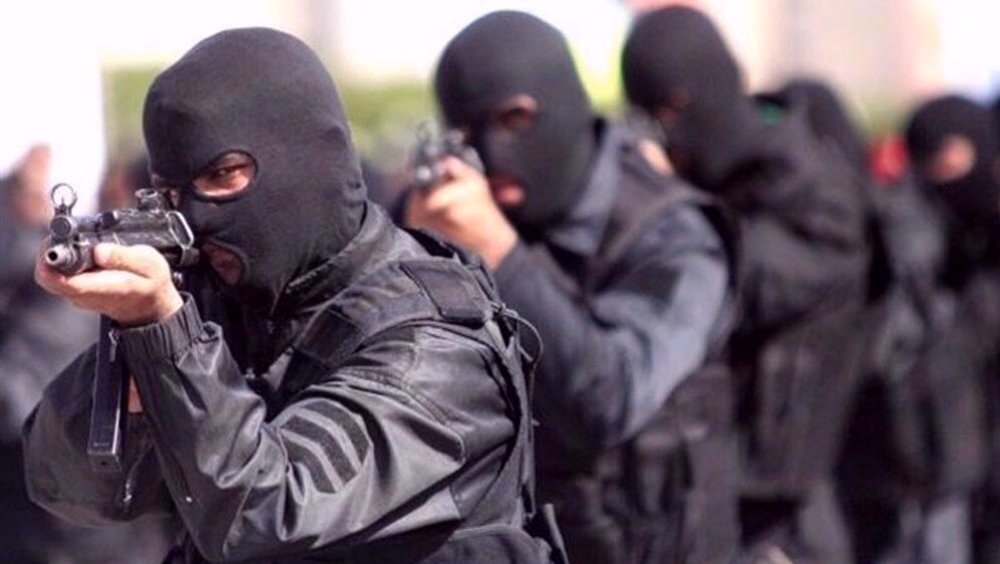
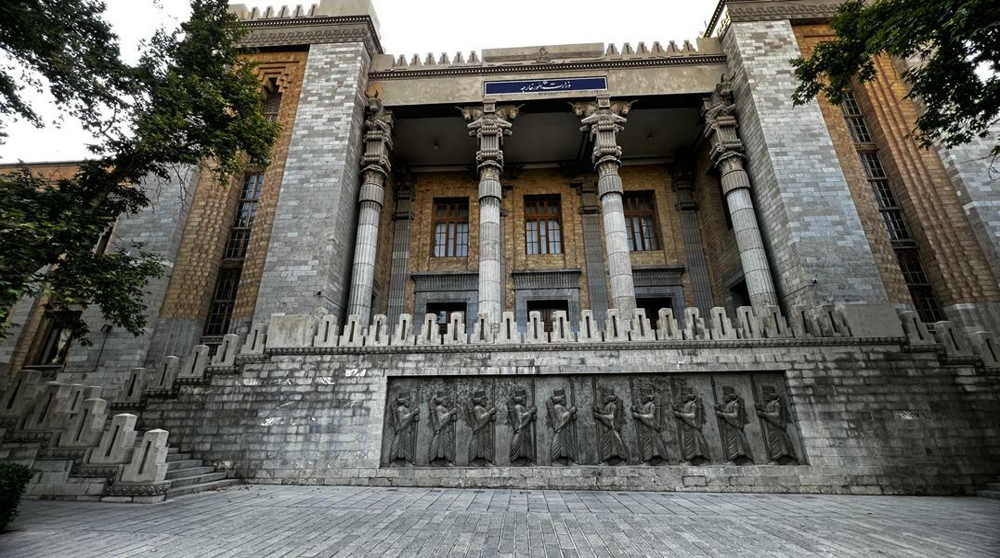
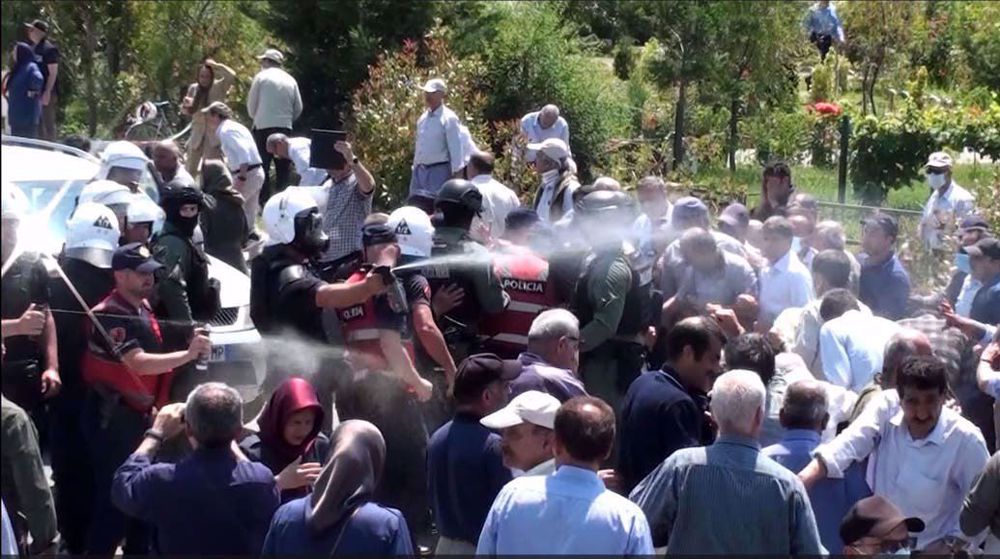
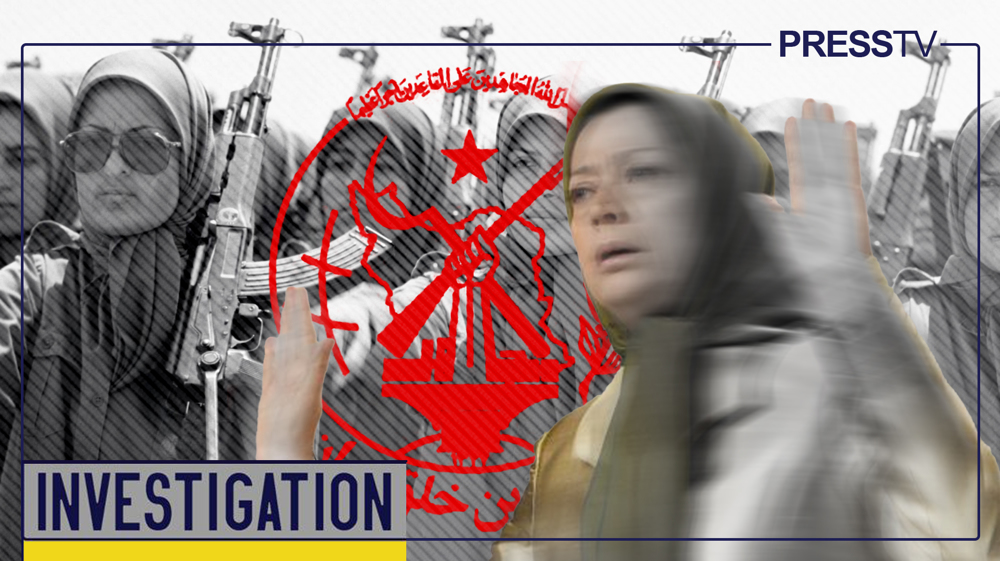
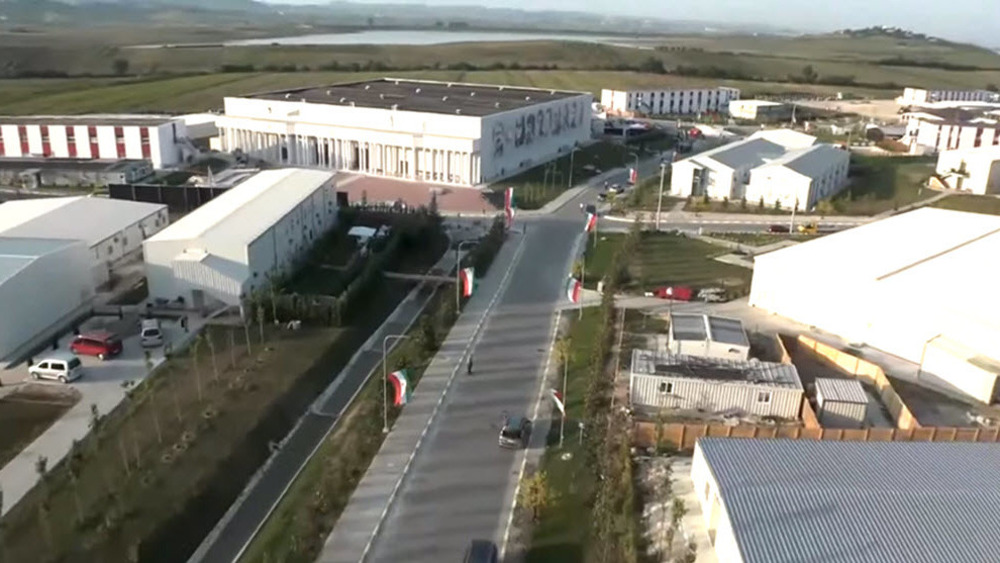

 This makes it easy to access the Press TV website
This makes it easy to access the Press TV website